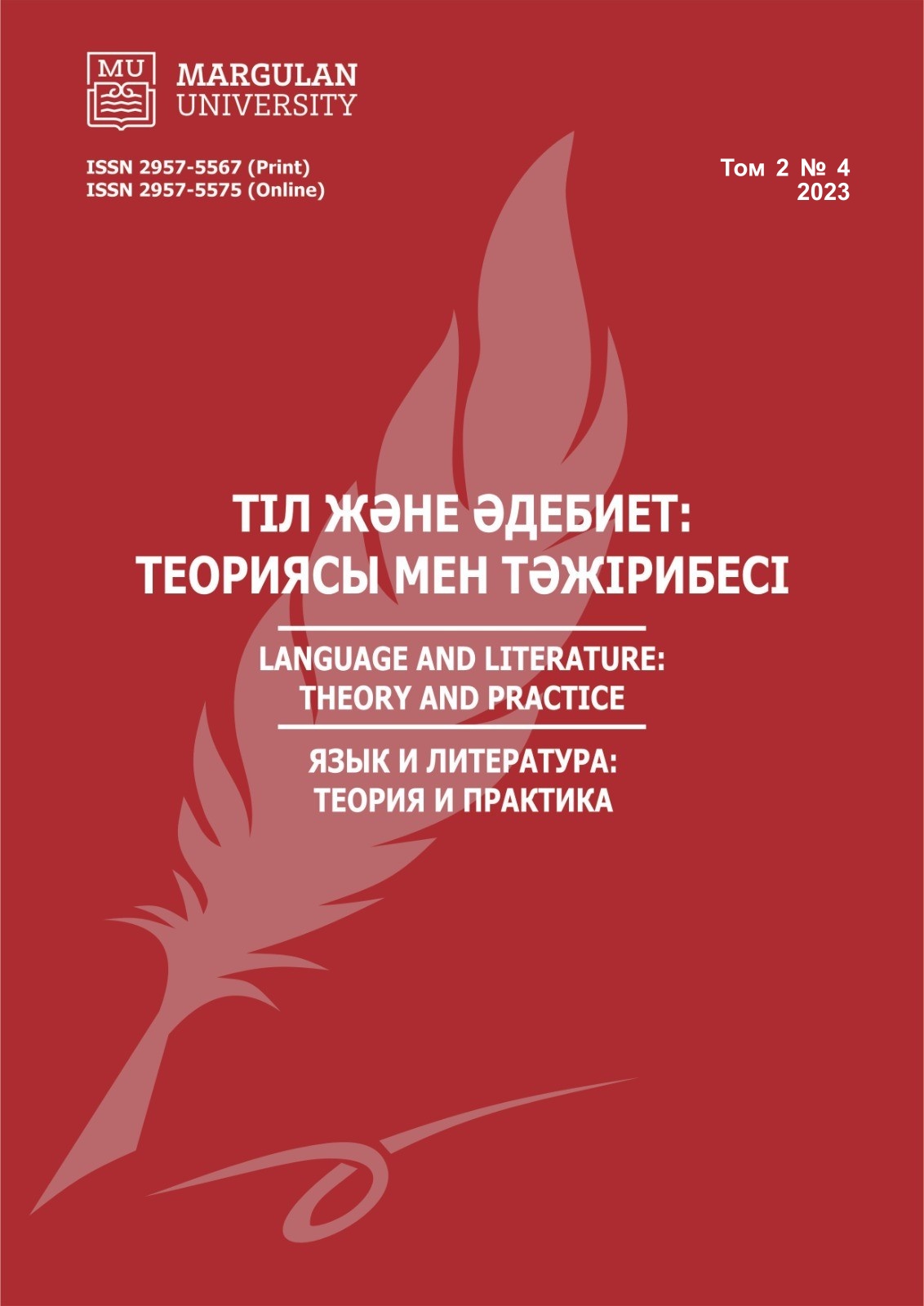WORLDVIEW PARADIGM OF THE CULTURE OF THE ANCIENT TURKICS AND EASTERN SLAVSV
DOI:
https://doi.org/10.52301/2957-5567-2023-4-15-35Keywords:
acculturation, functional unity, new balance, dual faith, triple faith, solar symbols, lunar symbolsAbstract
The article examines the process of long-term and constant contact
between the ancient Slavic and Turkic ethnic groups of people, which led to some shift in
the cultural paradigm of both contacting peoples. However, the deep value paradigms of
culture in both groups of ethnic groups were preserved for a long time. In a comparative
aspect, equipollent ideological ideas (mythologems denoting solar, lunar and other
symbols) of ancient times, on the one hand, are considered in comparison with the
original Slavic pagan deities, on the other, with the ancient names of mythological deities
inherent in the ancient Turks. As a result of the application of acculturation methods and
techniques, we identified the original values of the cultures of both super-ethnic groups,
which have not undergone significant changes and transformations. Some cultural
paradigms in worldview have undergone certain shifts at the mental level. As a result of
this process, the functional unity of both contacting ethnic groups was broken, then, over
a certain period of time, a new balance was established, which was reflected, first of all, in the worldview of both ethnic groups. There was an equivalent semantic similarity in
some solar and lunar pagan deities in the compared cultures. We have determined that
some reflexes and rudiments of past relationships have been preserved in the customs and
beliefs of cultures.
Downloads
Published
How to Cite
Issue
Section
License
Copyright (c) 2023 Language and Literature: Theory and Practice

This work is licensed under a Creative Commons Attribution-NonCommercial-NoDerivatives 4.0 International License.
https://creativecommons.org/licenses/by-nc/4.0/deed.en


